Black currant (ribes alpinum)
dhi1971
14 years ago
Related Stories
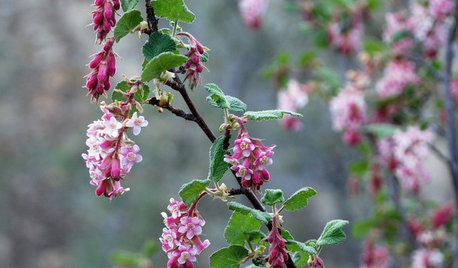
GARDENING GUIDESGreat Design Plant: Ribes Malvaceum
Plant pink chaparral currant for graceful winter tassels and an excuse to make black currant tarts
Full Story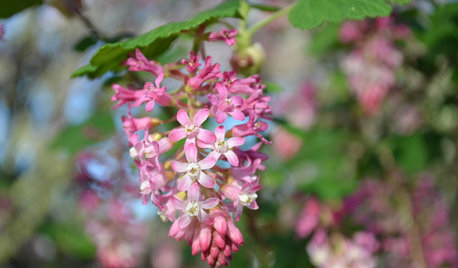
GARDENING GUIDESGreat Design Plant: Feed Wildlife With Flowering Currant
Blossoms and berries make this plant irresistible to birds, bees and other critters — and a treat for the eyes too
Full Story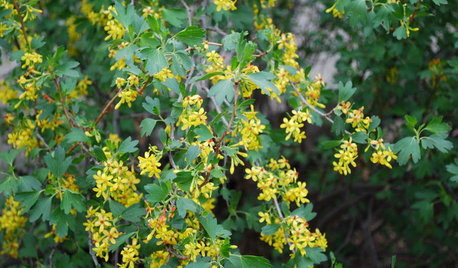
FLOWERSGreat Design Plant: Golden Currant
Cheery yellow flowers with a spicy fragrance and tasty fruit make this native plant a delightful addition to a home garden
Full Story
GARDENING GUIDES8 Native Shrubs for Year-Round Bird Feeding
It’s not just about berries. These plants provide insects for birds and seasonal interest for gardeners
Full Story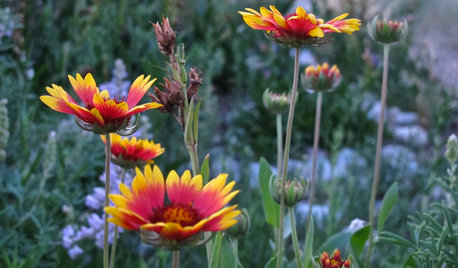
GARDENING GUIDESThese Hummingbird-Attracting Native Plants May Surprise You
These flowers, vines and shrubs offer shelter and food supplies that keep hummingbirds around longer
Full Story
FARM YOUR YARDIf You Have Room for Only One Summer Crop ...
Get an edible that’s long on flavor even if you’re short on space, with a long-time gardener’s favorite picks
Full Story
GARDENING GUIDESGarden-Friendly Native Alternatives to Overplanted Exotics
There are lots of gorgeous, wildlife-friendly native plants ready to make an appearance in your garden
Full Story
GARDENING GUIDESYes, You Can Grow Food in a Shady Yard
Your shady garden doesn’t have to be forever barren. Berries, herbs and other shade-loving plants can produce a delicious bounty
Full Story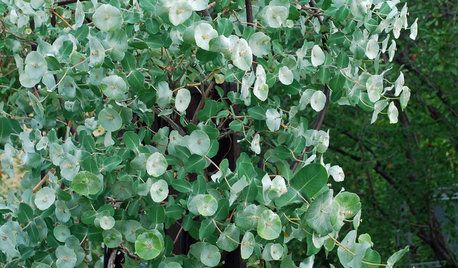
BLUE AND GRAY FOLIAGEGreat Design Plant: Kintzley's Ghost Honeysuckle
Looking for a versatile plant with beautiful color and texture? This unusual honeysuckle may be just the ticket
Full Story
GARDENING GUIDESBackyard Birds: Invite Entertaining Hummingbirds Into Your Garden
Hummingbirds — unique to the Americas — zip through open landscapes seasonally or year-round. Here’s how to attract them
Full Story








ericwi
olga_6b
Related Professionals
Accokeek Landscape Architects & Landscape Designers · Hartford Landscape Contractors · Stamford Landscape Contractors · Broomfield Landscape Contractors · Burlington Landscape Contractors · Fort Wayne Landscape Contractors · Longmont Landscape Contractors · Merced Landscape Contractors · Milton Landscape Contractors · Oak Forest Landscape Contractors · Pahrump Landscape Contractors · Seymour Landscape Contractors · Tigard Landscape Contractors · Twin Falls Landscape Contractors · Vineyard Landscape Contractorschills71
wildforager
olga_6b
chills71
olga_6b
wildforager
grow_darnit
brookw_gw
olga_6b
chills71
dhi1971Original Author
flora_uk
flora_uk